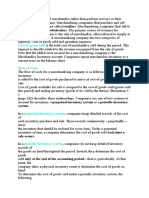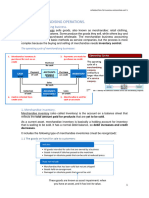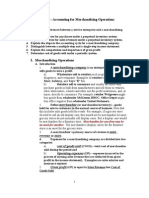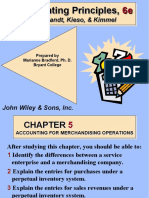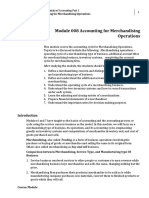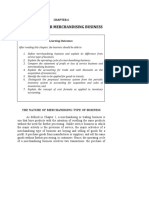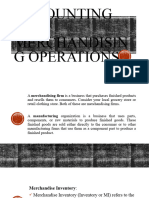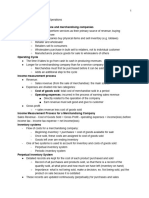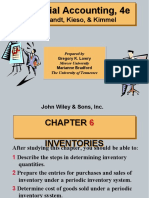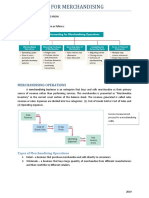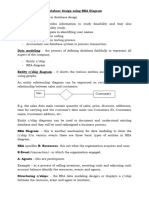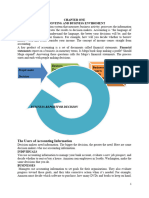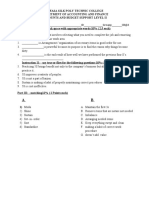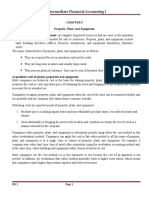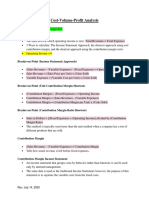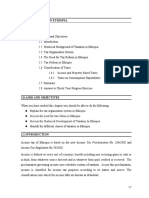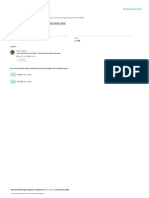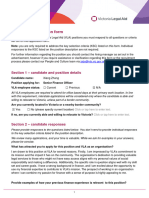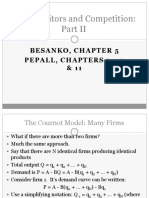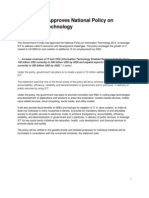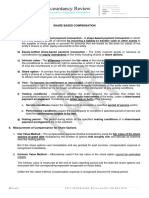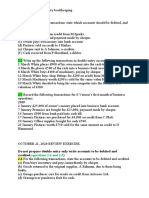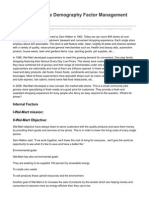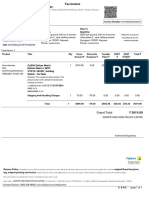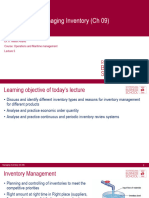0% found this document useful (0 votes)
253 views8 pagesChapter 3
Merchandising operations involve buying and selling products rather than services. There are two main types of inventory systems - perpetual and periodic. The perpetual system keeps a running record of inventory levels, while the periodic system only counts inventory periodically. A merchandising business' operating cycle begins with purchasing inventory, then selling it to customers to generate sales revenue and collect cash. Various adjustments like returns, allowances, and discounts can occur during purchases and sales.
Uploaded by
Nigussie BerhanuCopyright
© © All Rights Reserved
We take content rights seriously. If you suspect this is your content, claim it here.
Available Formats
Download as DOCX, PDF, TXT or read online on Scribd
0% found this document useful (0 votes)
253 views8 pagesChapter 3
Merchandising operations involve buying and selling products rather than services. There are two main types of inventory systems - perpetual and periodic. The perpetual system keeps a running record of inventory levels, while the periodic system only counts inventory periodically. A merchandising business' operating cycle begins with purchasing inventory, then selling it to customers to generate sales revenue and collect cash. Various adjustments like returns, allowances, and discounts can occur during purchases and sales.
Uploaded by
Nigussie BerhanuCopyright
© © All Rights Reserved
We take content rights seriously. If you suspect this is your content, claim it here.
Available Formats
Download as DOCX, PDF, TXT or read online on Scribd
/ 8







